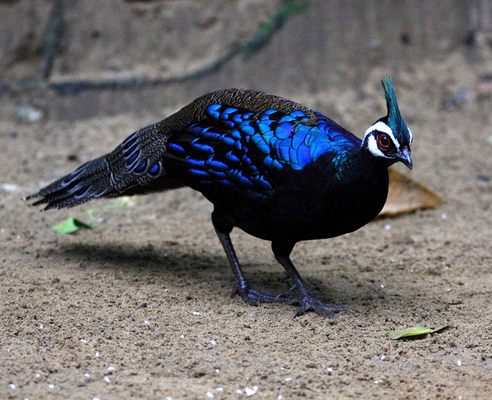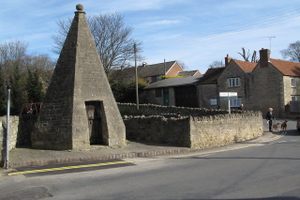About
In late-19th-century Europe, the fashion of building aviaries to display exotic birds began to gain ground among the aristocratic upper classes. Owning unique species of birds as pets had been a popular hobby and status symbol since the 1600s, after the European colonization of the Americas. But the public display of such animals in ornate aviaries was essentially a Victorian phenomenon.
The Victorian aviary trend was deeply connected to the Rothschild banking family, whose members and franchises were found throughout Britain. The Rothschilds were originally a Prussian Jewish family that had risen to prominence through their involvement in international banking in Vienna. This was during a period marked by the rapid expansion of European empires in Africa, Southeast Asia, the South Pacific, and Oceania, and over the years the Rothschilds profited greatly by investing in British and French and colonial enterprises in railways, mining, and other constructions abroad.
The era also saw improvements in technology and navigation that allowed for many species of animals and plants that had previously been unknown to Europeans to be shipped back to by merchants, explorers, and naturalists overseas. Exotic birds—whether alive or as taxidermy specimens—consequently became a fashionable accessory. The wealthy elite would display these far-off avians in their manor houses alongside sculptures and art, as extravagant status symbols.
The Waddesdon Manor Aviary is an example of ornate Victorian architecture built in 1889 by Baron Ferdinand de Rothschild to display his collection of exotic birds. He had wanted the aviary to revive the extravagance and design of the French palaces of Versaille and so spent vast sums of money on the construction of its cast-iron trellis work and gold leaf paint.
It remains open today with a focus on conservation, housing many avian species that are endangered or even extinct in the wild. Some of the species kept here, such as the "Rothchilds mynah" or Bali starling, were first scientifically described and studied by Lord Walter Rothschild, the zoologist nephew of de Rothschild who lived nearby at Tring.
Related Tags
Know Before You Go
Waddesdon Manor is open to the public from 11 a.m. to 4 p.m. from Wednesday to Sunday and the entrance fee is £12. The manor itself is an interesting and atmospheric place to explore, with many curious sculptures and rooms, and the gardens make for a beautiful walk. There is a donation box located in the aviary grotto where you can contribute to overseas conservation projects working with endangered bird species.
Pay attention to the signs and do not feed the birds in the aviary, as they have a specially formulated diet in captivity and human foods are unhealthy for them and can even be fatal.
Community Contributors
Added By
Published
December 12, 2018




















































